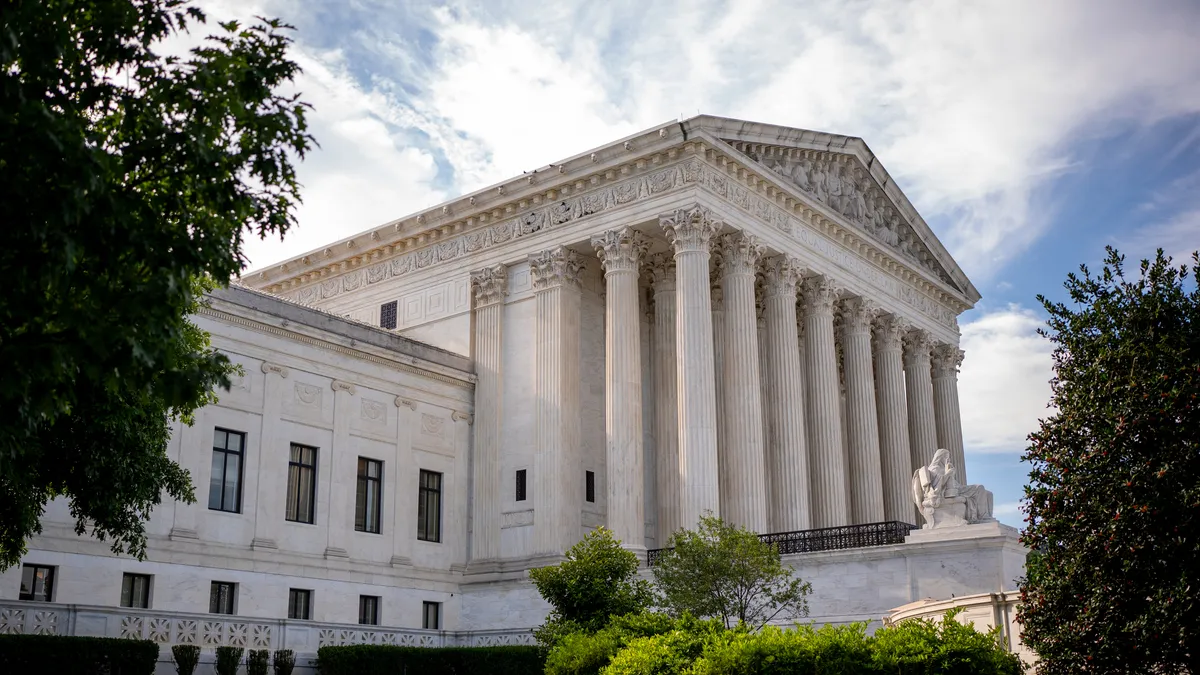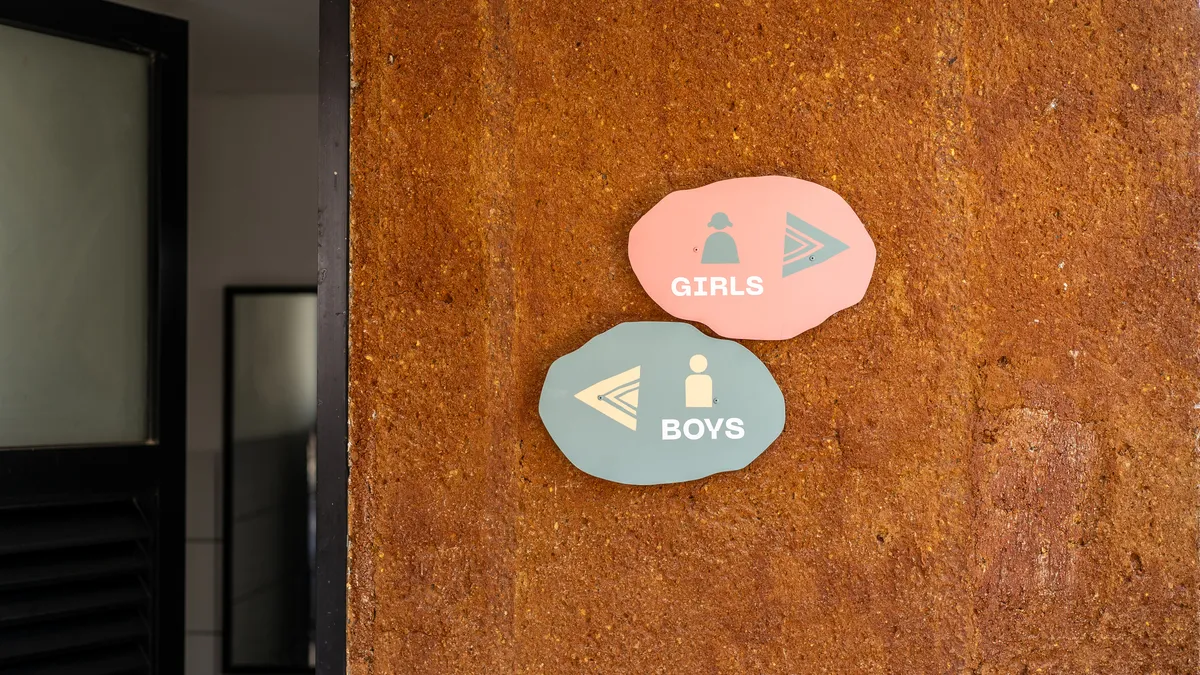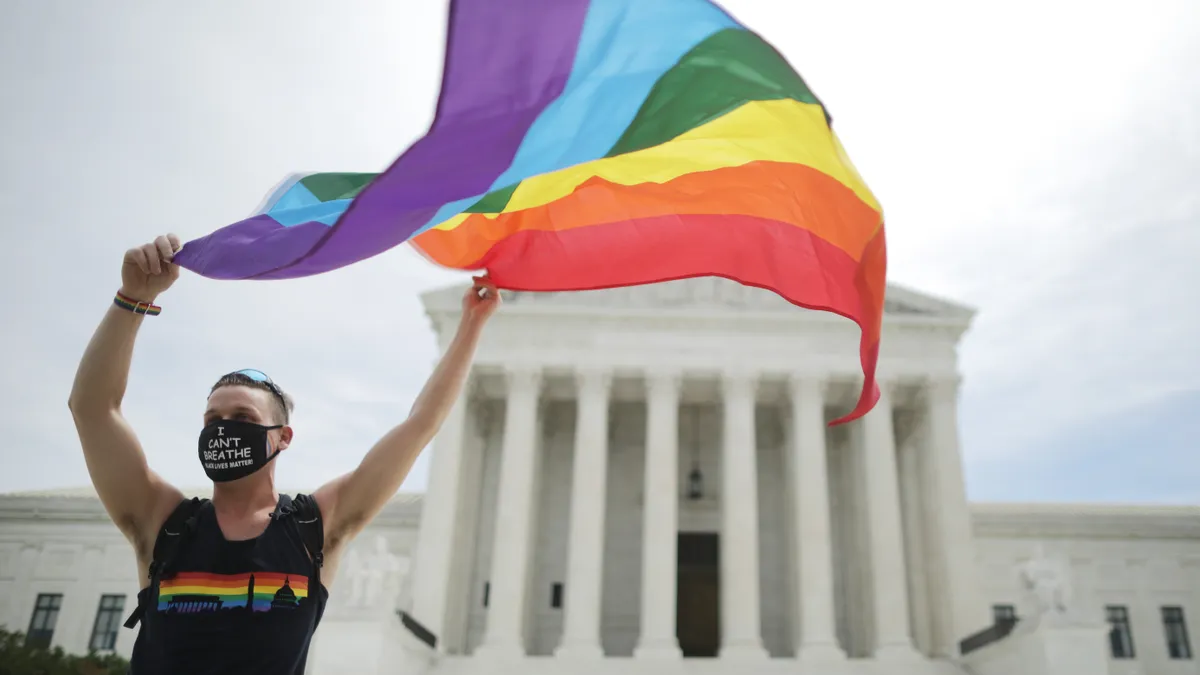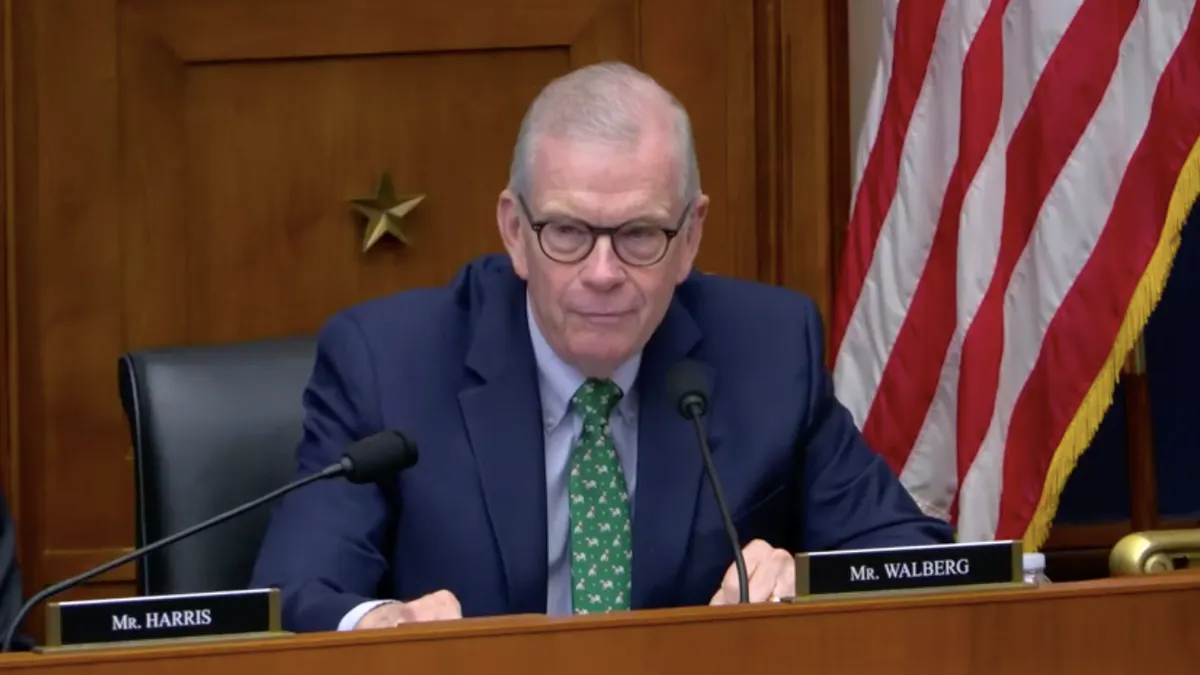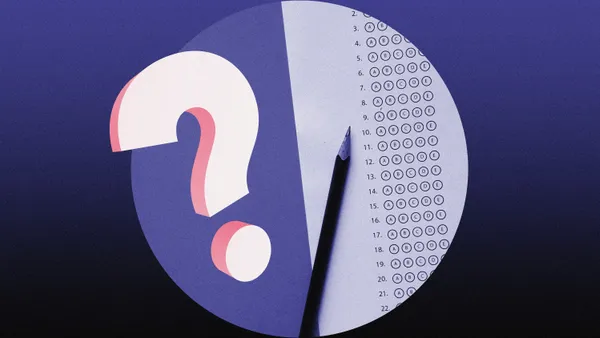Schools in some areas will face increased financial liability for free and appropriate education violations — bringing them in line with jurisdictions in the rest of the nation — as a result of the U.S. Supreme Court’s unanimous decision Thursday in a key special education case.
The opinion in A.J.T. v. Osseo Area Schools, Independent School Dist. No. 279, written by Chief Justice John Roberts, undid a decision by the 8th U.S. Circuit Court of Appeals that required students with disabilities to meet a higher legal standard compared to disability cases outside of educational settings.
Until now, students under the jurisdiction of the 8th Circuit and four additional appellate circuits that have the higher standard were required to show that schools acted in "bad faith or gross misjudgment" when students sought relief for discrimination relating to their education under the Americans with Disabilities Act and the Rehabilitation Act of 1973. The higher standard impacted 46,000 schools and 8 million children covered by the Individuals with Disabilities Education Act, with some 30,000 complaints currently pending, according to Osseo Area Schools' lawyer, Lisa Blatt.
In contrast, students in schools located in other appellate jurisdictions and Americans outside education settings who claim disability discrimination, and also are covered by ADA and the Rehabilitation Act, only have to show that an entity such as a school or workplace acted with "deliberate indifference."
Thursday's decision preserves the latter, lower standard for all schools rather than requiring that students meet the higher bar to prove a district discriminated based on disability and that they are entitled to financial damages.
During oral arguments in April, the Minnesota district had asked the Supreme Court to make the higher standard of "bad faith or gross misjudgement" the norm for all disability cases — not just those in educational settings. But the justices refused to do so, saying it would be "unfair" as those arguments "have not been fully presented."
As such, Roberts labeled the question presented as a "narrow one" and the decision therefore "narrow" as well. Yet he added that the ruling's scope nonetheless "does not diminish its import" for the teenager who brought the case and "a great many children with disabilities and their parents."
The case was brought by the parents of A.J.T., referenced in court documents as "Ava," a student with severe epilepsy. Ava’s parents sued the district in 2018 after Osseo Area Schools rejected their request for evening instruction despite Ava's disability preventing her from attending school before noon.
At Ava's previous school in Kentucky, she received instruction from noon until 6 p.m., per court documents. However, once Ava’s family moved to the Minnesota district, her parents said she received less than half the instructional time that her peers got.
Ava and her parents originally filed a complaint with the Minnesota Department of Education, claiming they were denied a "free, appropriate public education" as required under IDEA. An administrative law judge ruled in Ava's favor.
But when Ava’s parents sued the district under the ADA and Section 504 of the Rehabilitation Act to permanently secure her right to a full school day and receive financial damages for the instructional time she missed, a district court ruled for the district, saying the district's actions didn't meet the higher "bad faith and gross misjudgement" standard.
The 8th Circuit, in March 2024, upheld the rejection of Ava’s ADA and Rehabilitation Act claims. The Supreme Court added the case to its docket in January and heard oral arguments in April.
A lower bar for disability claims
Those in favor of a higher legal bar for disability claims in education versus other settings say it takes into account the unique nature of school settings and individualized education programs, which students and families can sometimes take issue with.
"Public education is rife with 'disparate treatment,' or 'discrimination' based on subjective, individualized assessments," said in a friend-of-the-court brief filed in support of the school district by AASA, The School Superintendents Association, and other education organizations. "Teachers assign grades. Students are separated into remedial, grade-level, and advanced-placement classes. Students are seated alphabetically. Some students make the volleyball teams. Others are cut."
Public education advocates have said it's likely the decision will make it easier for families to challenge school districts in court, exposing schools to more financial liability.
Disability advocates celebrating Thursday's decision, however, said the higher standard made it difficult for students with disabilities to access remedies when their right to a free and appropriate education is violated.
"Today’s decision confirms that students with disabilities have the right to seek justice for discrimination in schools without facing legal barriers that don’t exist in workplaces, housing, or other areas of public life," said Shira Wakschlag, senior executive officer of legal advocacy and general counsel for The Arc, a nonprofit that advocates for people with intellectual and developmental disabilities and had filed an amicus brief in support of Ava and her family.
Mark Sommaruga, a partner at law firm Pullman & Comley who represents school districts, said that even though the ruling lowers the bar for some schools, earning money damages would still require a show of intentional discrimination. The case highlights the need to train school staff, he said.
“A mere mistake or a different judgment on a judgment call should not occasion an award of money damages. There has to be intentional discrimination still, [based] on disability status,” said Sommaruga. “So, the bar hasn't been razed completely to the ground. But it's a lower bar.”


